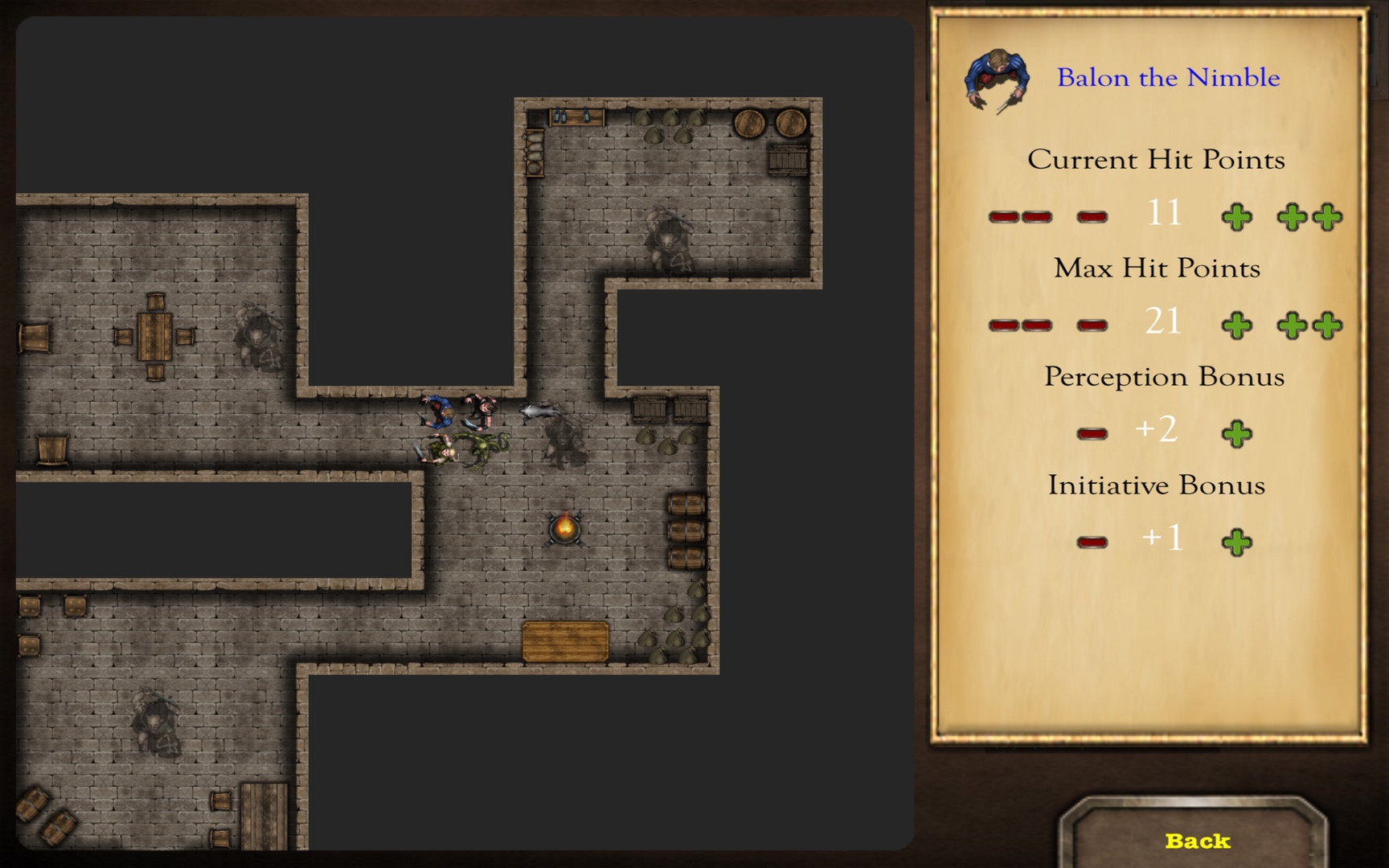

Additional seeds are added, generally one per desired room while not explicitly stated, it looks as if the seeds are placed along the outer walls of the apartment.
Rpg dungeon generator algorithm windows#
Regions with no windows are simply ignored.įinally, the apartments are divided into rooms using a weighted Voronoi-like diagram as a basis as follows: In some cases smaller divisions will merge to avoid overly small apartments.

Here's a brief overview of their process:
Rpg dungeon generator algorithm how to#
This is where I'd like your help: could you give me pointers on how to design this algorithm? Any thoughts on what steps it will take? If you have created a dungeon generator, how would you modify it to fit my requirements? You can be as specific or as generic as you like. Maybe there is something out there and I haven't found it because I don't really know what to search for. So, having said all this, maybe a house is just a really really tightly packed dungeon with corridors. Here are some images to make this a little more clear:Īs you can see, in the house, the "empty space" is still walkable and it gets you from one room to another. I want to fill a 14x20 house with the available rooms making sure there is no empty space. The house dimensions are set and has to be entirely filled with rooms (or halls).I cannot create walls and doors on the fly.Īgain, because I have a predefined set of rooms, I can only rotate them, not resize them. I think halls in a house is something in between a dungeon corridor (gets you to other rooms) and an empty space in the dungeon (it's not explicitly defined in code). And while initially they might seem the same, a hall is nothing more than the area that isn't a room, whereas a corridor is specifically designed to connect one area to another.Īnother important difference with a house is that you have a specific width and height, and you have to fill the entire thing with rooms and halls, whereas with a dungeon, there is empty space.

The problem is, I'm trying to generate a house with rooms, and they don't seem to fit my requirements.įor one, dungeons have corridors, where houses have halls. I've been looking at some algorithms and articles about procedurally generating a dungeon.


 0 kommentar(er)
0 kommentar(er)
